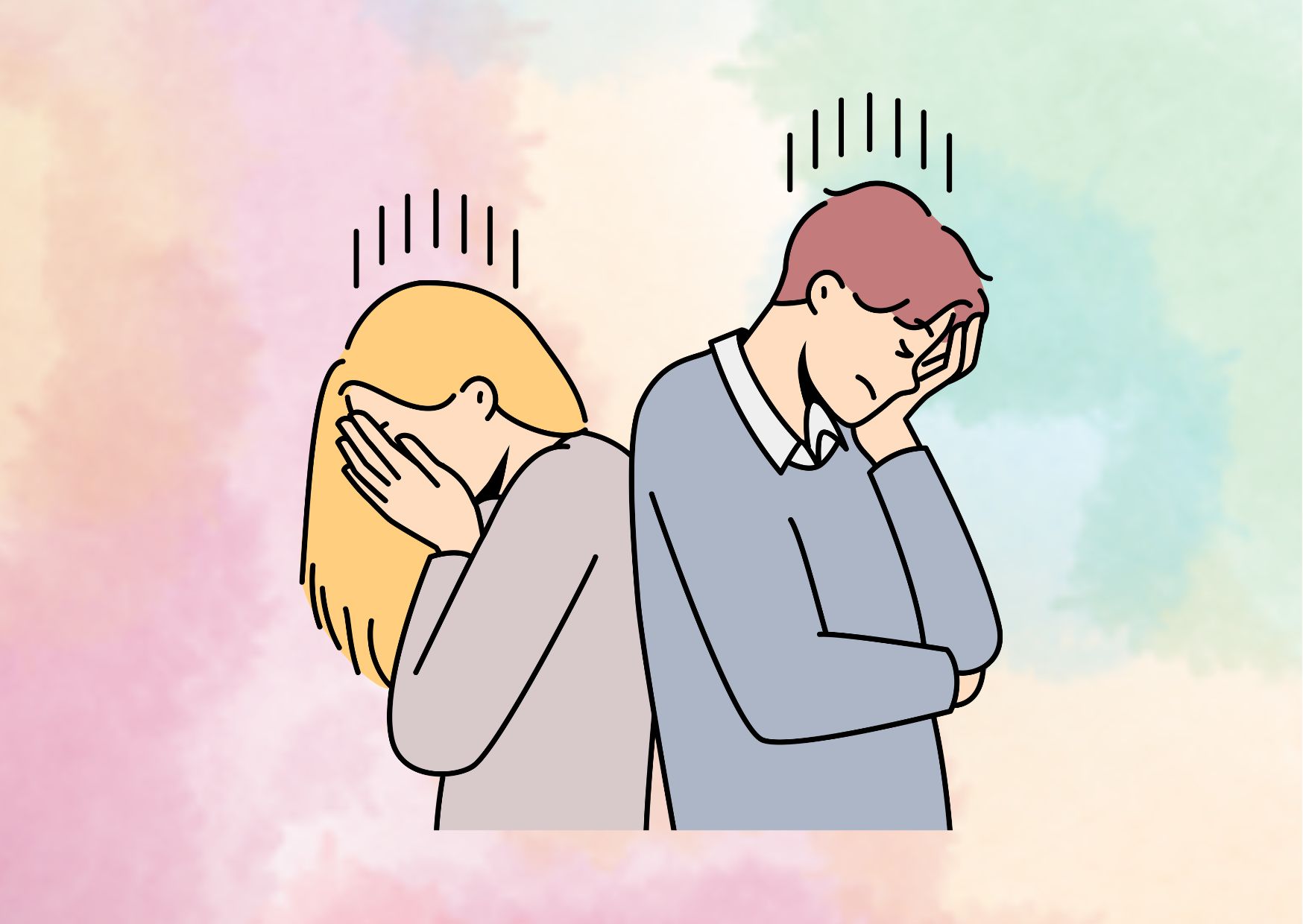Understanding Avoidant Attachment Style: Signs, Impact, and How to Improve
Introduction
In adult romantic relationships, attachment styles play a crucial role in how individuals approach intimacy and emotional connection. One of the four main attachment styles identified in attachment theory is the avoidant attachment style. People with an avoidant attachment style tend to be uncomfortable with emotional intimacy and closeness. They may have developed coping strategies that involve distancing themselves emotionally or maintaining independence. In this article, we will explore the characteristics, impact, and ways to improve the avoidant attachment style.
What is Avoidant Attachment Style?
The avoidant attachment style is characterized by difficulty with emotional intimacy and a fear of dependence on others. Individuals with this attachment style often value their independence and prioritize self-reliance. They may experience discomfort with closeness and vulnerability, leading them to create emotional and physical distance in relationships. Avoidant individuals may also suppress their own emotions and have difficulty trusting others. Let’s take a closer look at the signs and symptoms of avoidant attachment style.
Signs and Symptoms of Avoidant Attachment Style
- Difficulty with Emotional Intimacy: People with an avoidant attachment style may struggle with opening up emotionally and find it challenging to share their feelings openly. They may prefer to keep their emotions to themselves, leading to a perceived emotional aloofness.
- Fear of Dependence: Avoidant individuals often fear becoming too dependent on a partner. They value their independence and may prioritize self-sufficiency, making it difficult for them to rely on others.
- Discomfort with Closeness: Closeness and emotional vulnerability can trigger discomfort for those with an avoidant attachment style. They may create emotional and physical distance in relationships as a way of protecting themselves from potential hurt or rejection.
- Tendency to Suppress Emotions: Individuals with an avoidant attachment style may suppress or downplay their own emotions as a way of maintaining control. They may have learned to disconnect from their emotions and prioritize logic over emotional expression.
- Difficulty Trusting Others: Trust can be a significant issue for those with an avoidant attachment style. They may be skeptical of others’ intentions and hesitant to fully trust or rely on a partner. This distrust can stem from past experiences of feeling let down or abandoned.
- Preferring Independence: Independence is often highly valued by individuals with an avoidant attachment style. They may prioritize self-sufficiency and may be uncomfortable with the idea of depending on someone else for their emotional well-being.
- Fear of Commitment: There can be a fear of committing to a long-term relationship for those with an avoidant attachment style. They may hesitate to fully invest in a relationship, fearing that it will limit their freedom or independence.
- Difficulty Expressing Needs: Communicating their own needs and desires can be challenging for avoidant individuals. They may have learned to suppress their needs to avoid vulnerability or rely solely on themselves to meet their own needs.
- Emotional Detachment: Emotional detachment and a tendency to withdraw during times of emotional intensity are common behaviors for those with an avoidant attachment style. They may find it challenging to connect deeply with others and may struggle to sustain emotional intimacy.
Impact of Avoidant Attachment Style
The avoidant attachment style can have a significant impact on individuals and their relationships. While it is important to note that attachment styles are not fixed and can change over time with self-awareness and personal growth, understanding the impact of avoidant attachment style can help individuals navigate their relationships more effectively.
